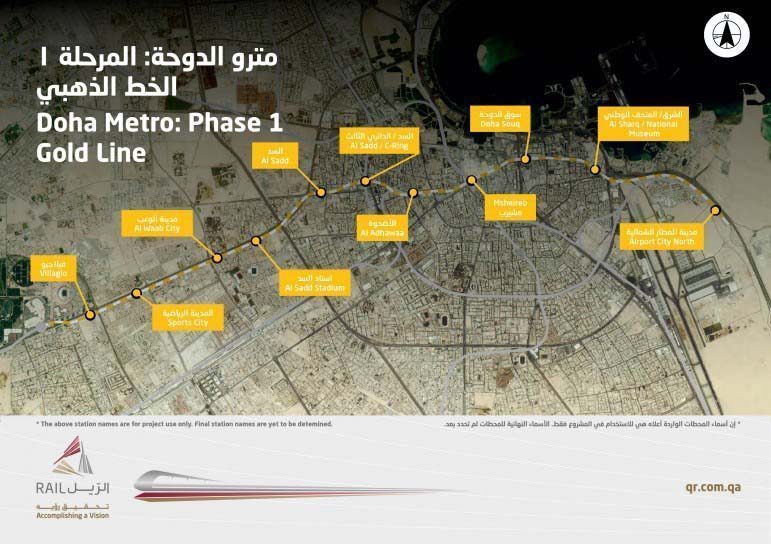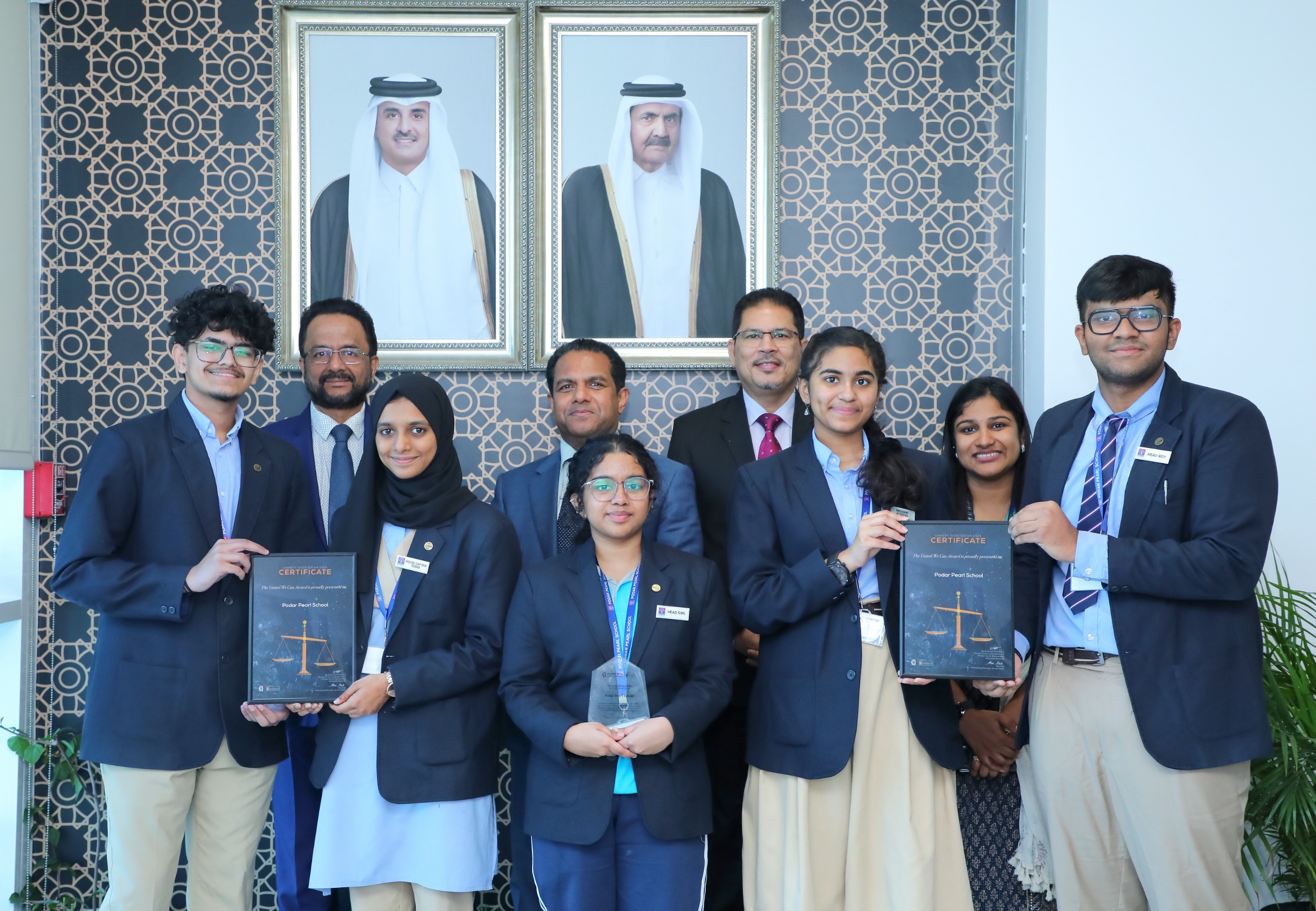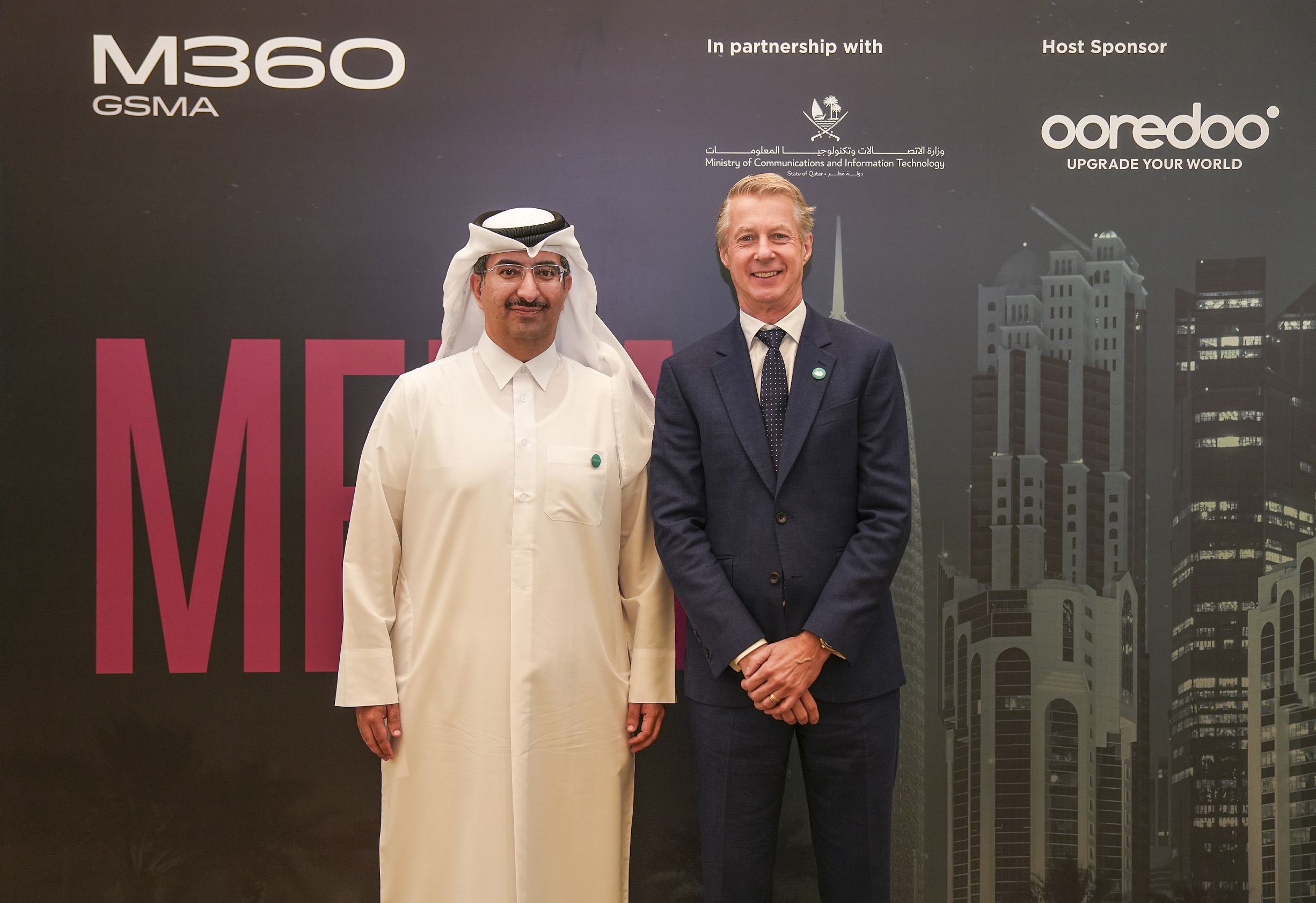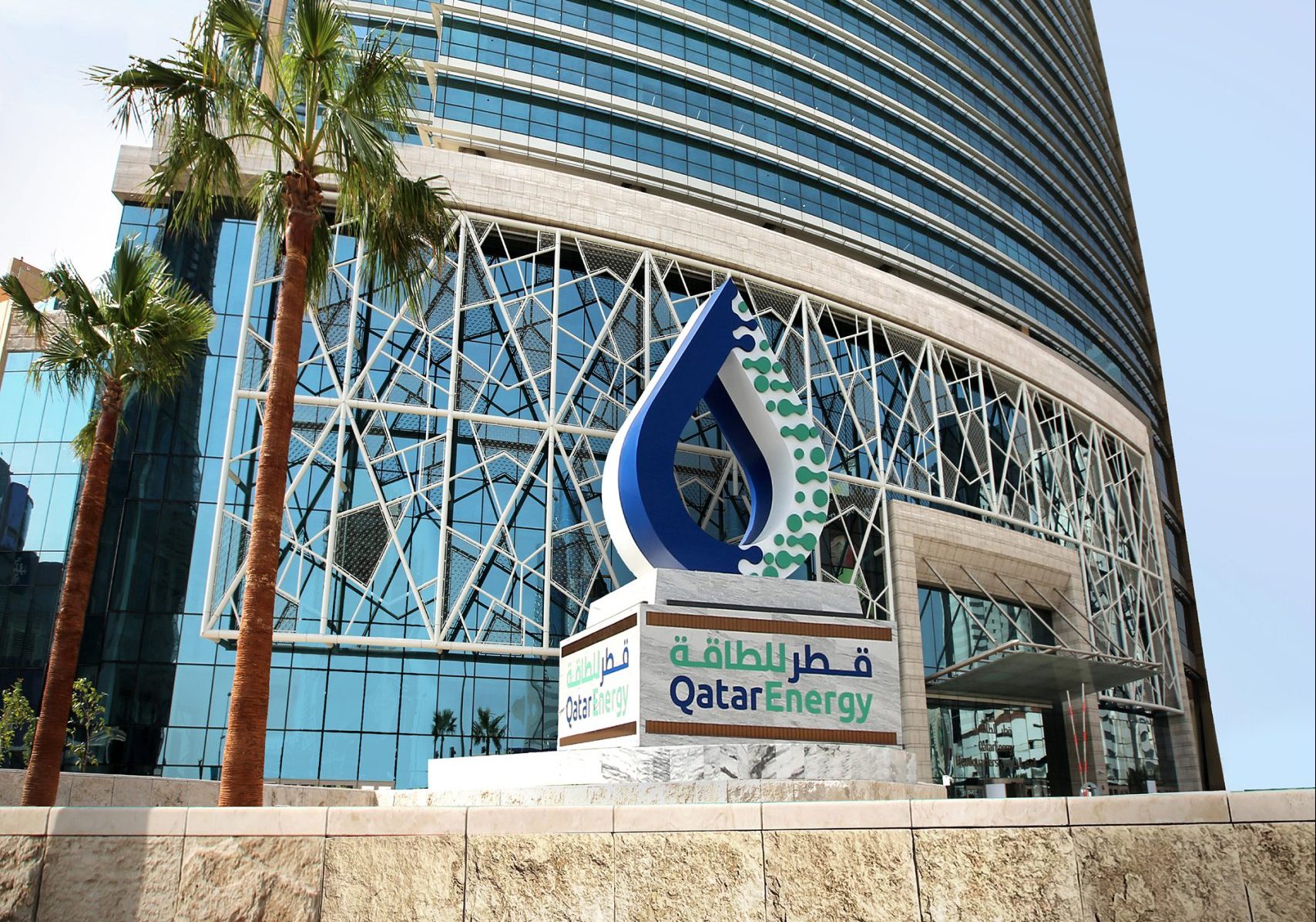
As it moves full-speed ahead to finish construction of the first phase of the Doha Metro in 2018, Qatar Rail has awarded one of its largest rail contracts yet to a Greek-led consortium, the Athens-based company announced on Thursday.
In a statement on its website, Ellaktor said that subsidiary Aktor had signed a $4.4 billion contract for the design and construction of Doha’s “Gold Line Underground.”
It called the project “the largest singular construction package of the Doha Metro,” and said the project would take 54 months, with a completion date set for August 2018.
Previously, Qatar Rail had said the first phase of the Doha Metro would be completed in 2017, and be in the testing phase for two years before opening to passenger traffic in 2019.
Areas that would be covered by the 37 stations open at that time include Hamad International Airport (which is expected to soft launch next week), the Msheireb Downtown Doha project, Education City, West Bay and Lusail, where passengers can transfer to light-rail vehicles that will connect up to Al Khor.
More than $30 billion worth of contracts have already been awarded to dozens of companies for work on Qatar’s public transportation system. A 2012 Zawya report estimates that the country plans to spend more on railways in the next decade than any other Gulf nation, to the tune of $41.8 billion.
Details
Work led by Aktor, which has not disclosed its partners on the project, will include:
- Boring a total of 32km of tunnel with six tunnel boring machines;
- Constructing 13 underground stations;
- Excavation work for the stations; and
- Setting up traffic and utility diversions.
The east-west Gold Line would start at Villaggio mall and run beneath Al Waab Street. It then follows the road’s northward bend at the Doha Expressway before turning east again at Al Sadd Street.
It curves to cross C-Ring slightly north of Al Sadd Street before veering southeast, cutting through residential areas of Fereej bin Mahmoud and then following Qatari bin Al Fujaah Street and Al Adhwaa Street into the Msheireb station.
From there, it runs below Wadi Msheireb Street/Ali bin Abdullah Street before curving south to follow Ras Abu Abboud Street past the northern end of Doha International Airport’s runway.
Thoughts?







